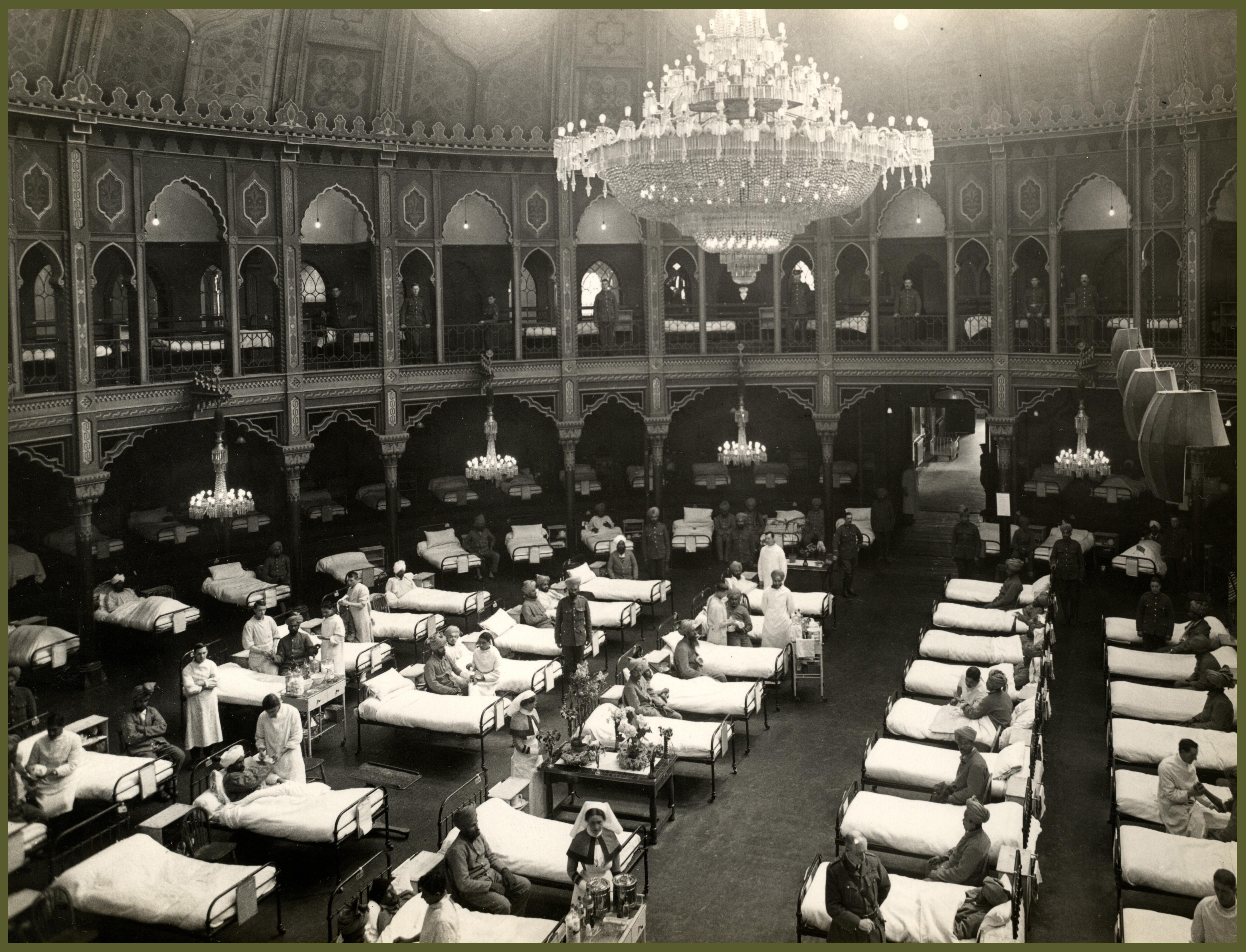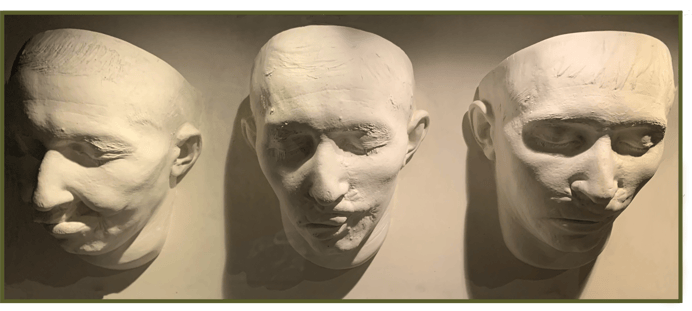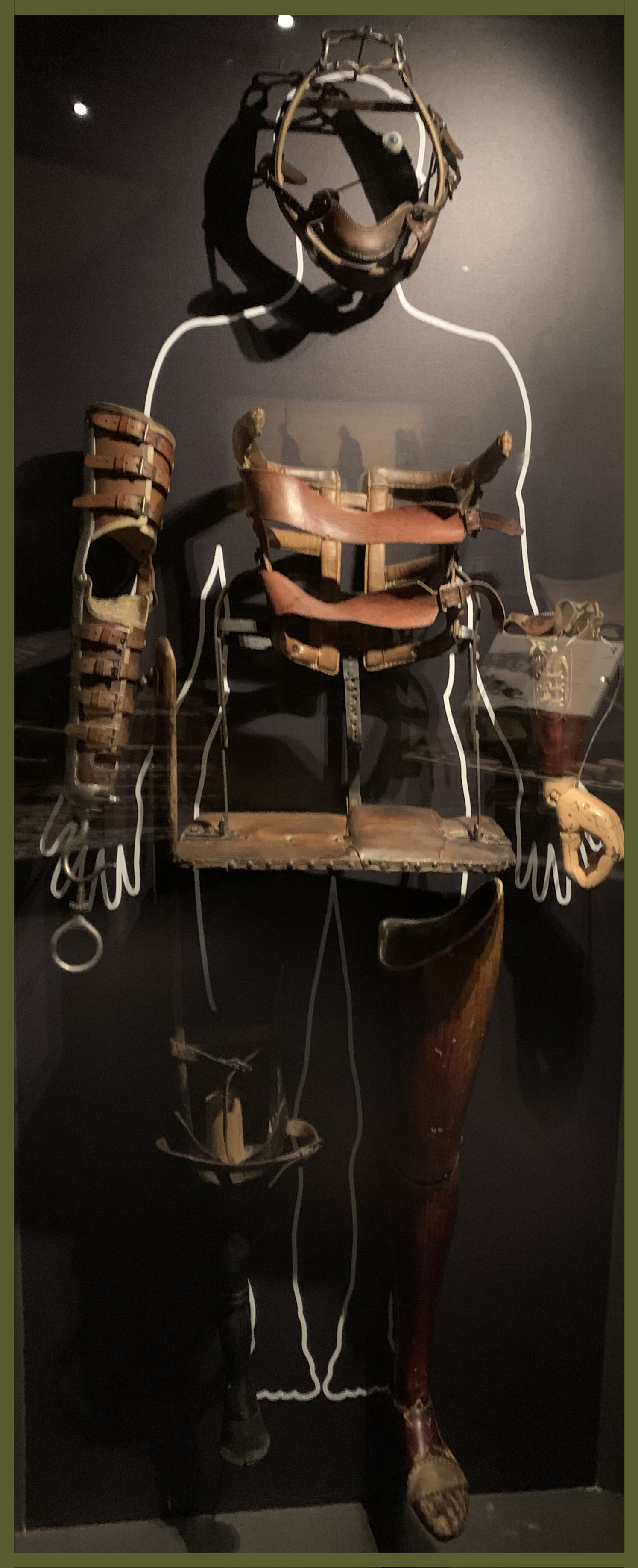Nowadays it is incredible what we have achieved in the medical world!
Specialized nurses, specialized doctors, medical staff is really diversified. We are able to operate, to transplant hearts, lungs, livers… many organs. We don’t need to wait anymore several hours if we have a broken arm or an infection at the hospital but how did we manage to acquire this knowledge?

At the end of the XIX century there were two medical revolutions, the beginning of the usage of anaesthesia by Charles Jackson in 1847 and of antiseptic by Joseph Lister twenty years later. Back in time these two concepts were not used as we know it nowadays. Three quarter of the population was rural and nurses were nuns.
The real birth of the medicine took place during the First World War, during this war the world went thru many revolutions, the biggest one being the “medical revolution”.
When the First World War started, men from different camps were not prepared for what they were about to encounter.
The brutality of fighting’s reached a level unimaginable which lead to the appearance of new injuries never seen before. Arms, legs jagged, part of the face completely destroyed or missing. This was especially due to of new kind of weapons, gas shells, tanks but mostly due to the number of shells fired. 50 millions shells were fired in just ten months during the battle of Verdun.
Added to this, the daily sanitary conditions of the soldiers who lived in trenches, in the mud...discovered a new kind of neighbours, rats, louses and sickness.
After the battle if it was possible soldiers from both camps tried to saved their wounded band of brothers. Some of them spent days in the “no man’s land” sometimes in the mud, under the rain or the snow waiting for the aid. Can you imagine how it was horrible for those men to wait in a shell crater with bullets in the legs or shoulders in the middle of this nightmare? Most of the time these poor boys died due to their injuries.
When aid men were able to save the wounded, the route from the battlefield to the aid station was not of all rest. Mobile hospitals were supposed to provide immediate care to the wounded as they were evacuated from the font lines.
Once the wounded were out of the battlefield, they were taken to the aid station by stretcher bearers where first aid was administered, then an ambulance (also by cars or carts) drove them to the hospital at the rear.
The wounded were classified according to their kind of injury. Due to the influx of wounded, castles, houses, churches, farms, hotels, high schools even mental health facility were requisitioned. It was not only a question of finding a place to heal them but also to find the know - how. Women were requisitioned as nurses, dentists, general surgeons too. (25 000 doctors!)
As many of them had unknown injuries, the doctors and nurses didn’t know how to deal with it.
The most terrible thing for an injured soldier was the retraction of tissues, their wounds were healing but not disinfected.
Surgeons knew how to operate someone, to extract a bullet or a piece of shrapnel from a leg but they didn’t how to prevent an infection.
Infection was the biggest cause of killing for the wounded or for the loss of a limb. Indeed, the medical corps at this time was not trained for these kind of injuries.
“The Broken Faces”
The Broken Faces were the soldiers who unfortunately lost a piece of their face due to the shell bursts. Giving them back a new face, was the biggest challenge for the doctors. To do so, there were two options:
The surgeons in charge of the Broken Faces had to fill the lack of bones by taking pieces of the skins, most of the time from the buttocks or legs. The plastic surgery was born!
Sir Harold Gillies is considered by the Medical World as the father of plastic surgery.
Note: The transplant begun before the First World War with Alexis Carrel (Nobel Price in 1912), his first subjects were animals.
Unfortunately it was impossible with the surgical means of the time to give back a new face to some soldiers because their faces were too mutilated.
The soldiers who couldn't be operated were taken in charge by three categories of people:
- Dentists: Way before the First World War, Claude Martin who was a prosthetist invented a device hooked into the oral cavity to prevent tissue from retracting.
- Surgeons: They were from various specialties but none knew how to reconstruct a human face.
- Sculptors: Thanks to their work, the sculptors helped the armies to give back a face to those soldiers in creating prosthetic masks.
- Anna Coleman Watts Ladd, an American sculptor moved to France in 1917 to create prosthetic masks for the Broken Face. She will later be honored of the Legion D’Honneur by the French government in 1932
Three kind of prosthetics existed:
- Immediate prosthetic: To fill the lack of bones or flesh
- Temporary prosthetic: Used during the healing waiting for the definitive prosthetic
- Definitive prosthetic

Contrary to the soldiers who lost a leg or an arm, the Broken Faces were not considered as disable people. Why? During that period, France territory was 90% rural and it was considered that having a Broken Face couldn't stop you from working on a farm or in the field.
Yves Picot, Albert Junon, Bienaimé Jourdain and Julien Szumlanski who were "Broken Faces" created a lottery to help their mutilated brothers as they were not considered disabled. This tombola will become later in time the National French Lottery which still exist today.
The Broken Faces were not treated in hospitals but in specialized hospitals. It was the beginning of the first specialized hospitals providing reeducation.
During the First World War, around three hundred thousand men needed artificial limbs. As France was a rural country, most soldiers were farmers. How could they work if a limb was missing? New prosthetics were created; if a soldier was carpenter a hammer shaped or saw shaped prothesis was exclusively created for him.
The injuries were not only physical but also mental (Shell shock)
This kind of injuries emerged a new kind of patient. We are talking about of psychic trauma also known as “Shell Shock” . Villages, roads were wiped off the map as Fleury-devant-Douaumont or Craonne leaving behind them lunar landscape. The fearness of the shells, the brutality of the fightings left sequelae for the belligerents.
At first officers and doctors thought that the soldiers with psychic trauma were not serious and were doing this to not go back in the frontlines. To heal this new kind of illness, some doctors gave them electrical shots with the idea of stimulating their neurons and also their muscles, thinking they would heal. Quite unexpectedly it didn’t work! These soldiers were not able to walk by themselves, they were shaking, some of them fell on the floor because they just couldn’t stand up.

The total number estimated that died during WWI is 40 million! The medical world had to adapt itself to take in charge all kinds of new wounded patients.
The greatest pandemic of the 20th Century raged as well, the infamous Spanish Influenza which killed over 40,000 men serving in WWI and between 3 to 6% of the world population!
Without this war may be we would not have been able to know the knowledge we had acquired during the last decades.
Written by Pierre Fallet, WWII Trainee of Normandy American Heroes

















